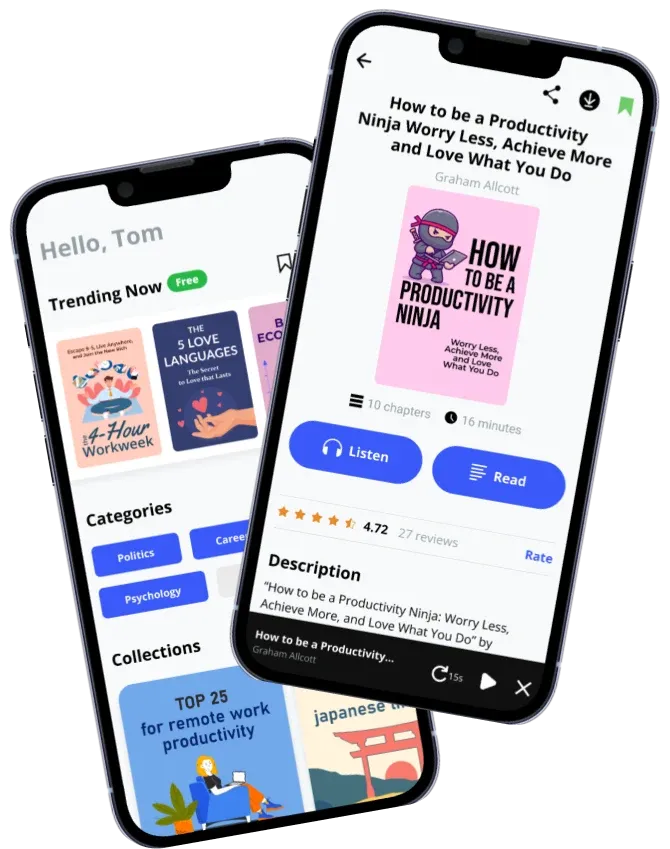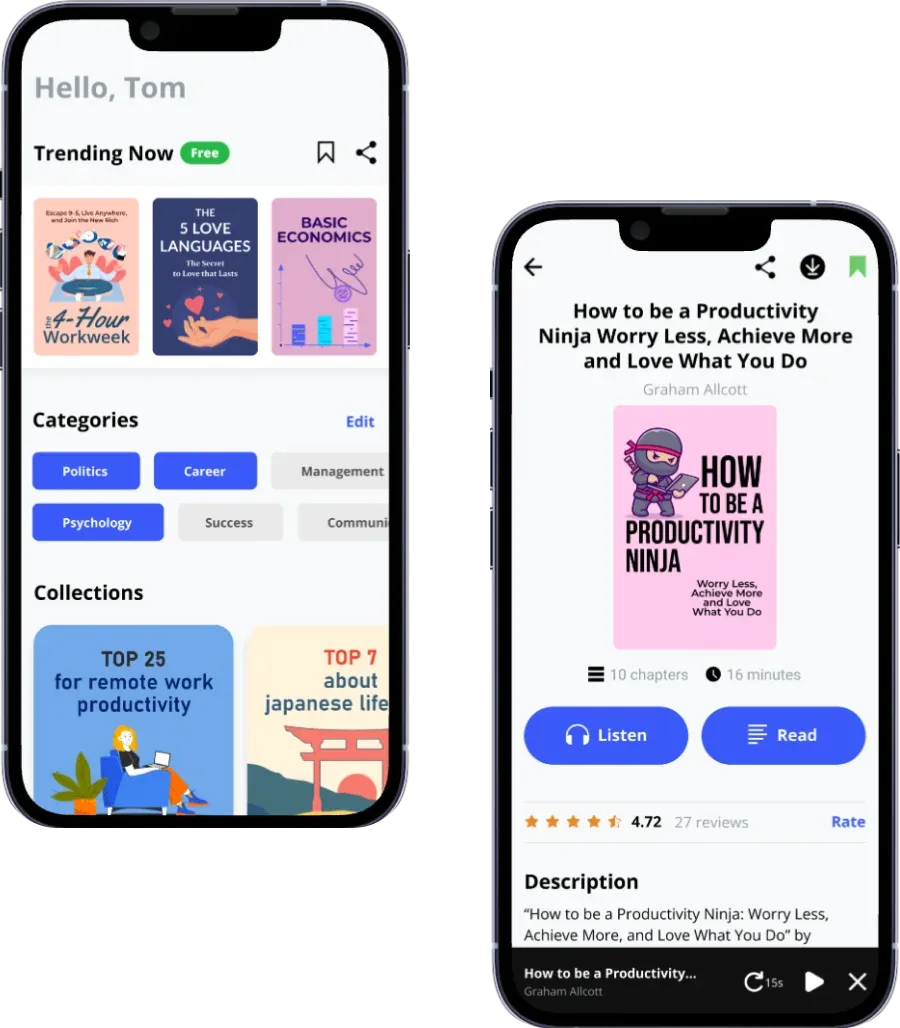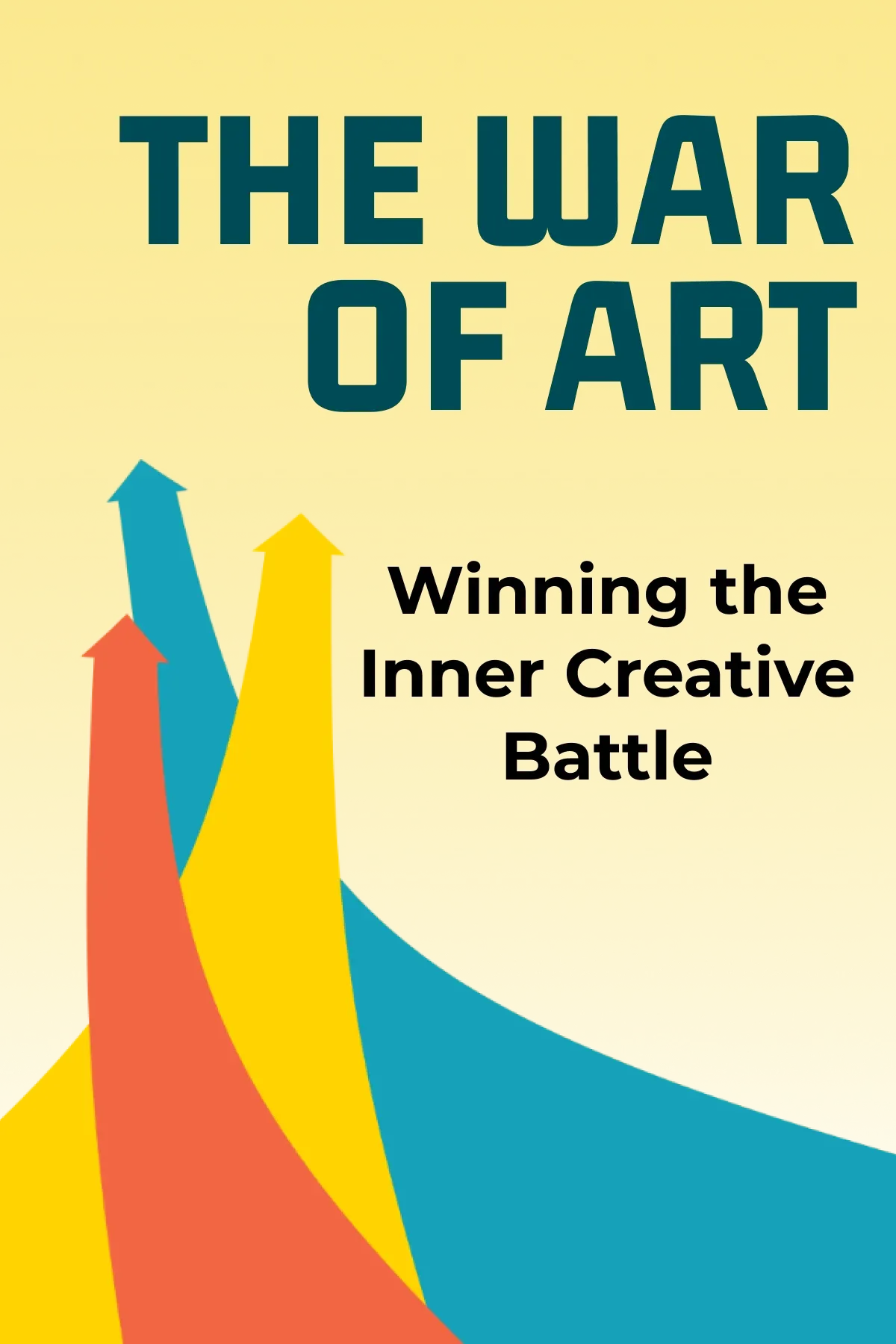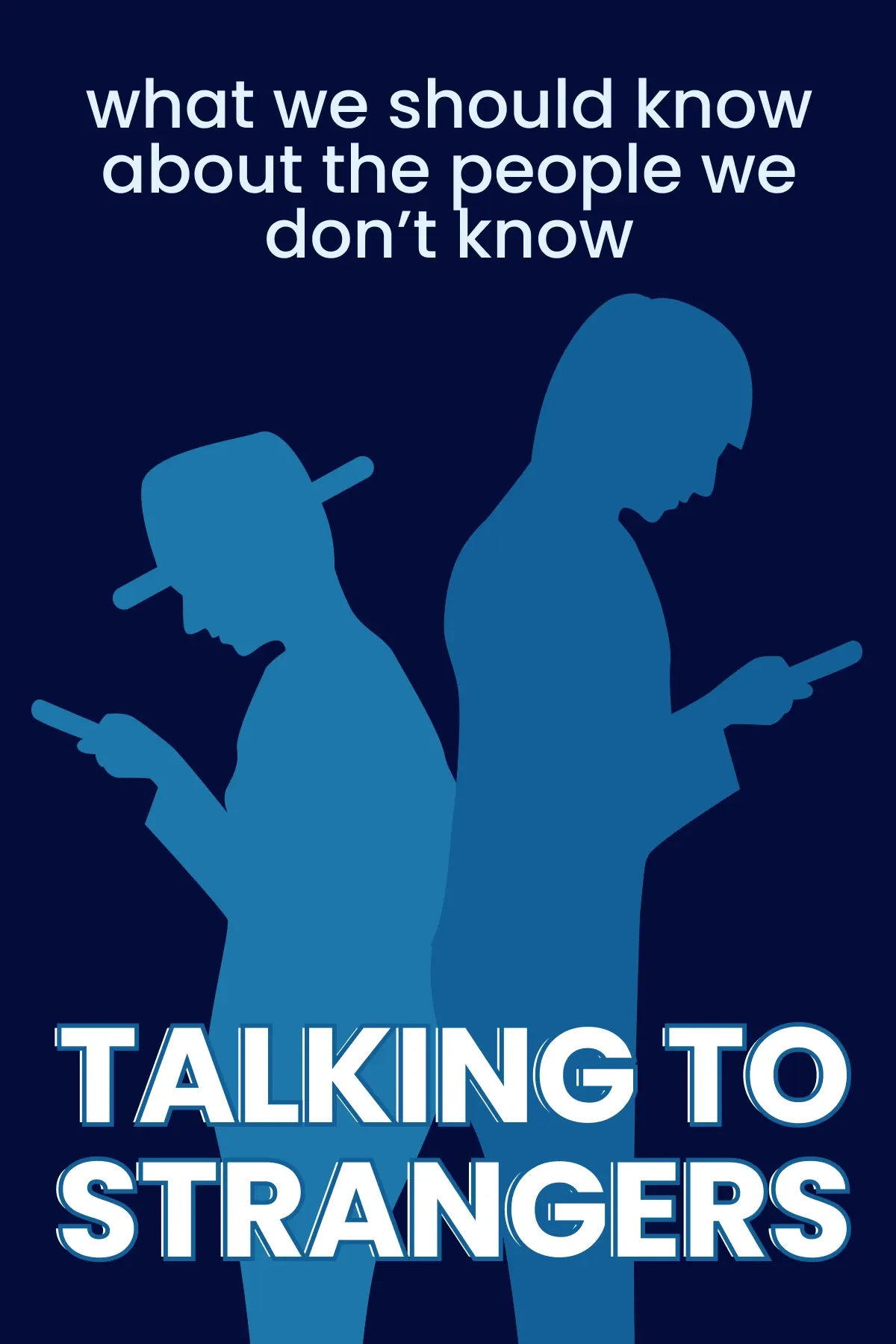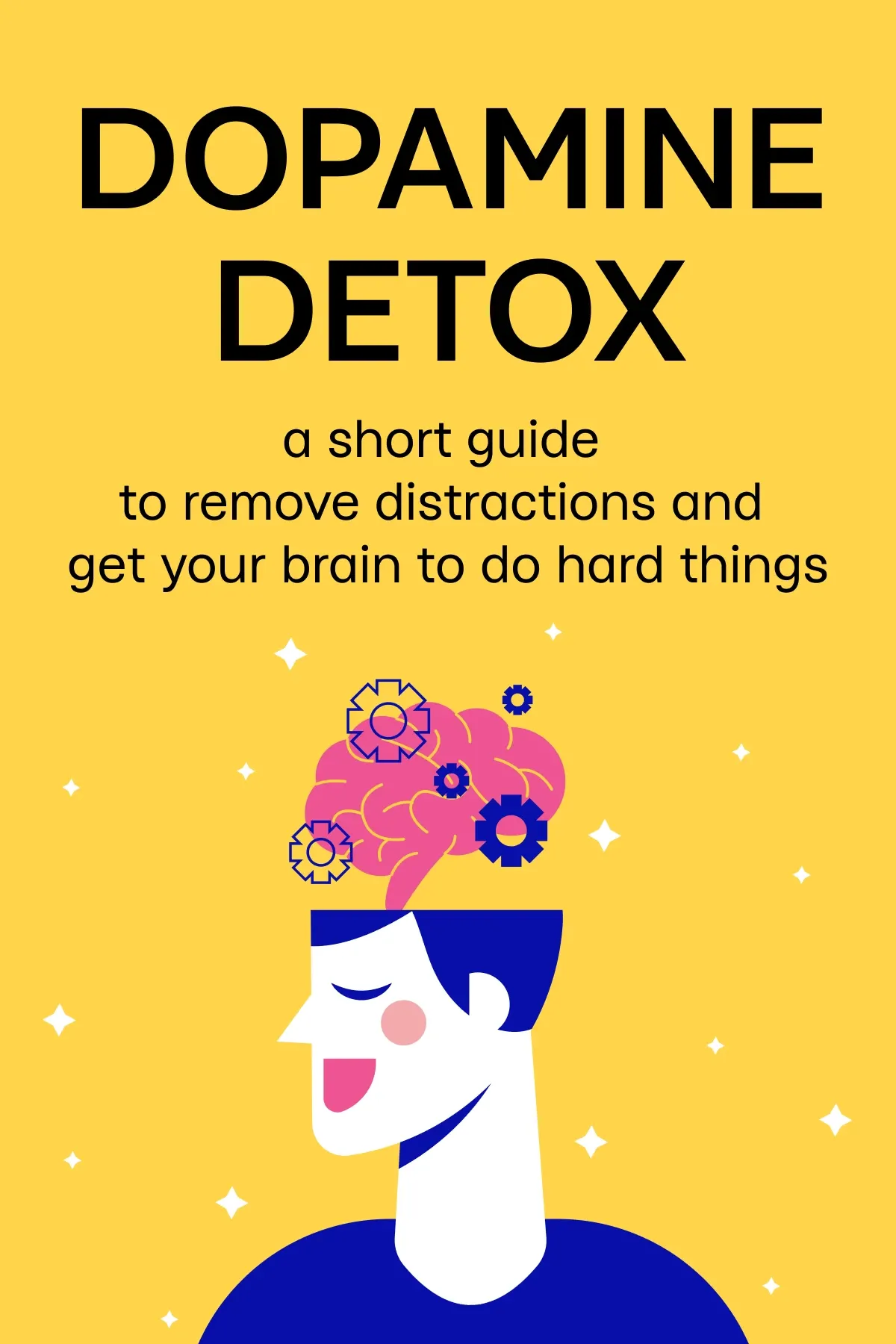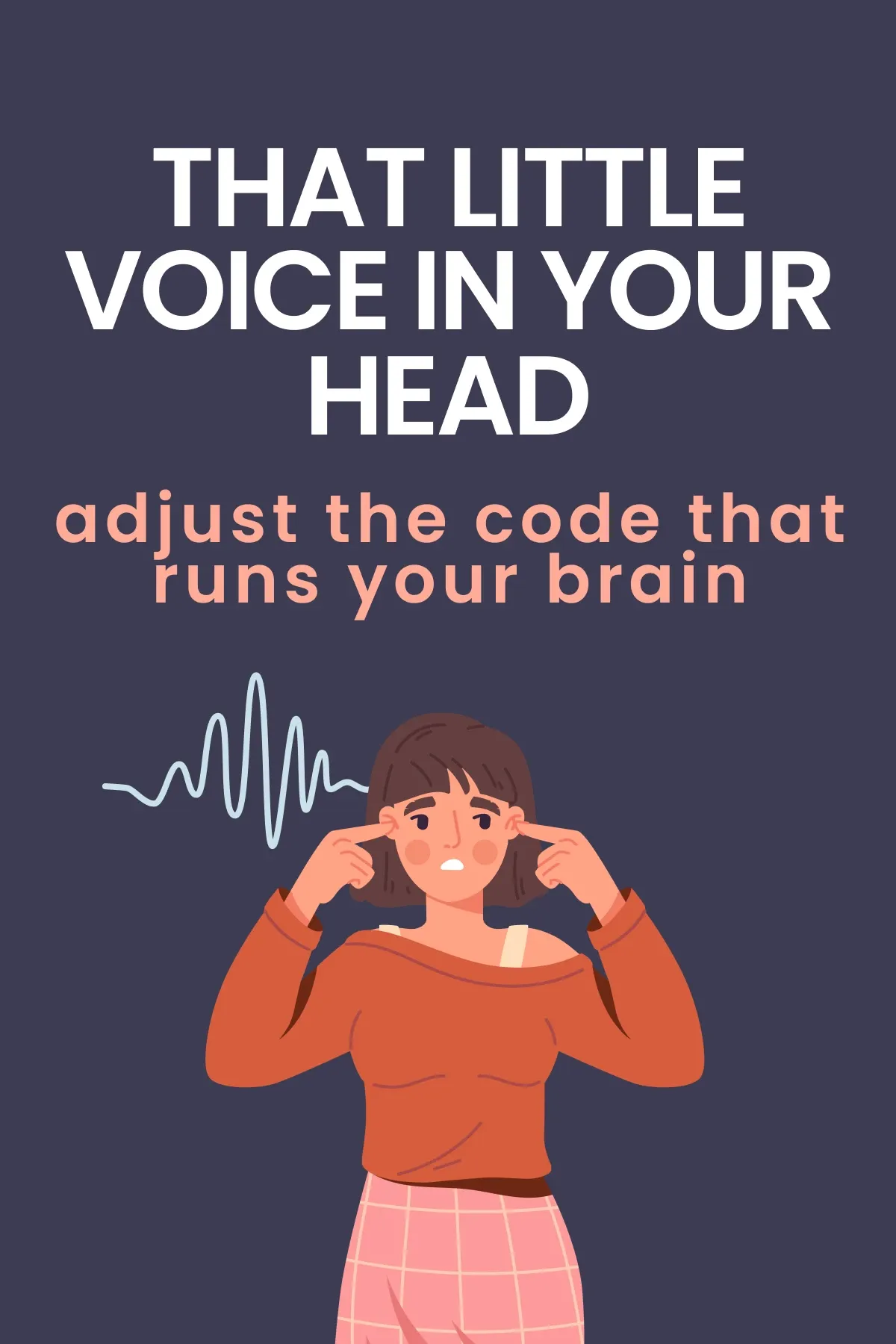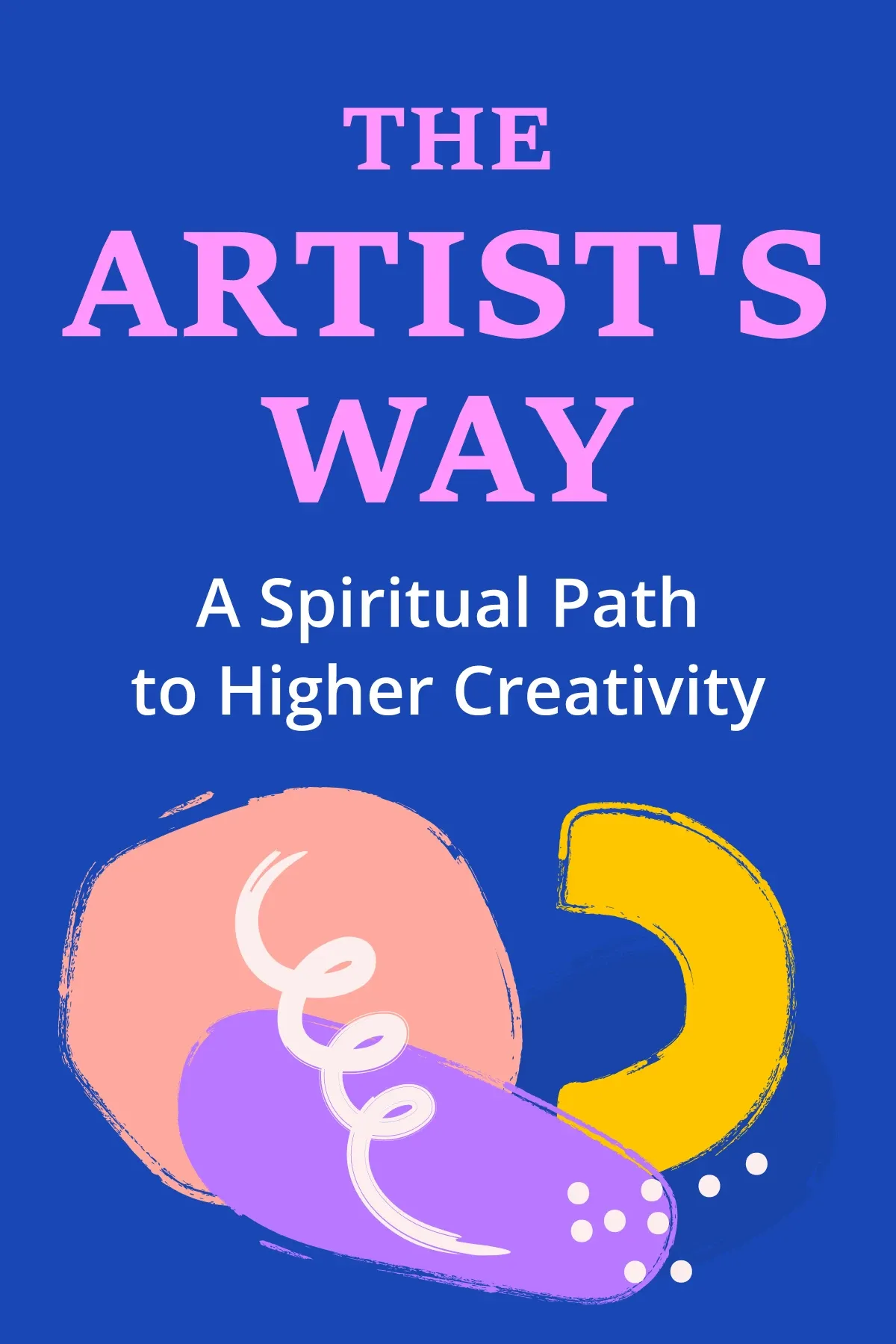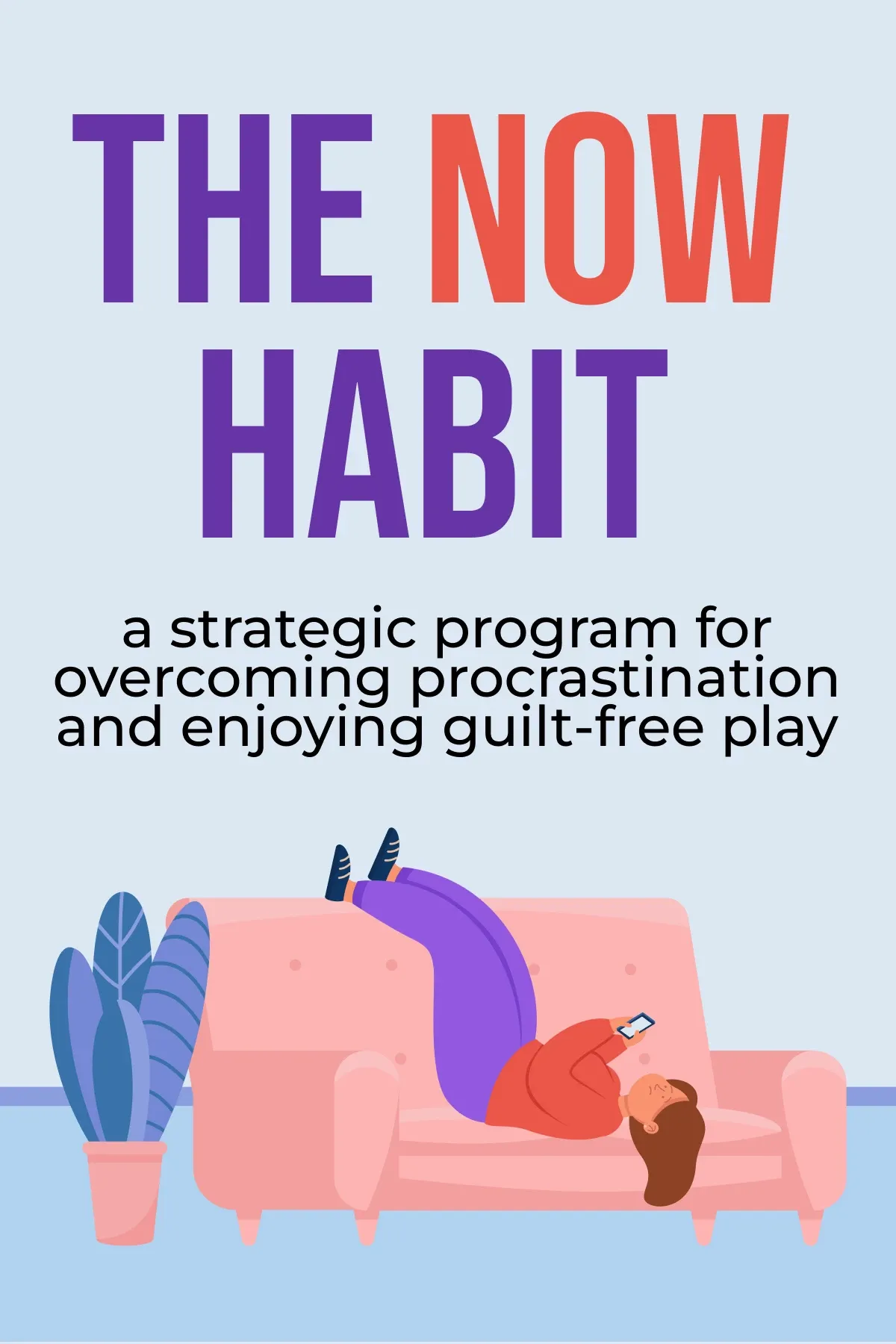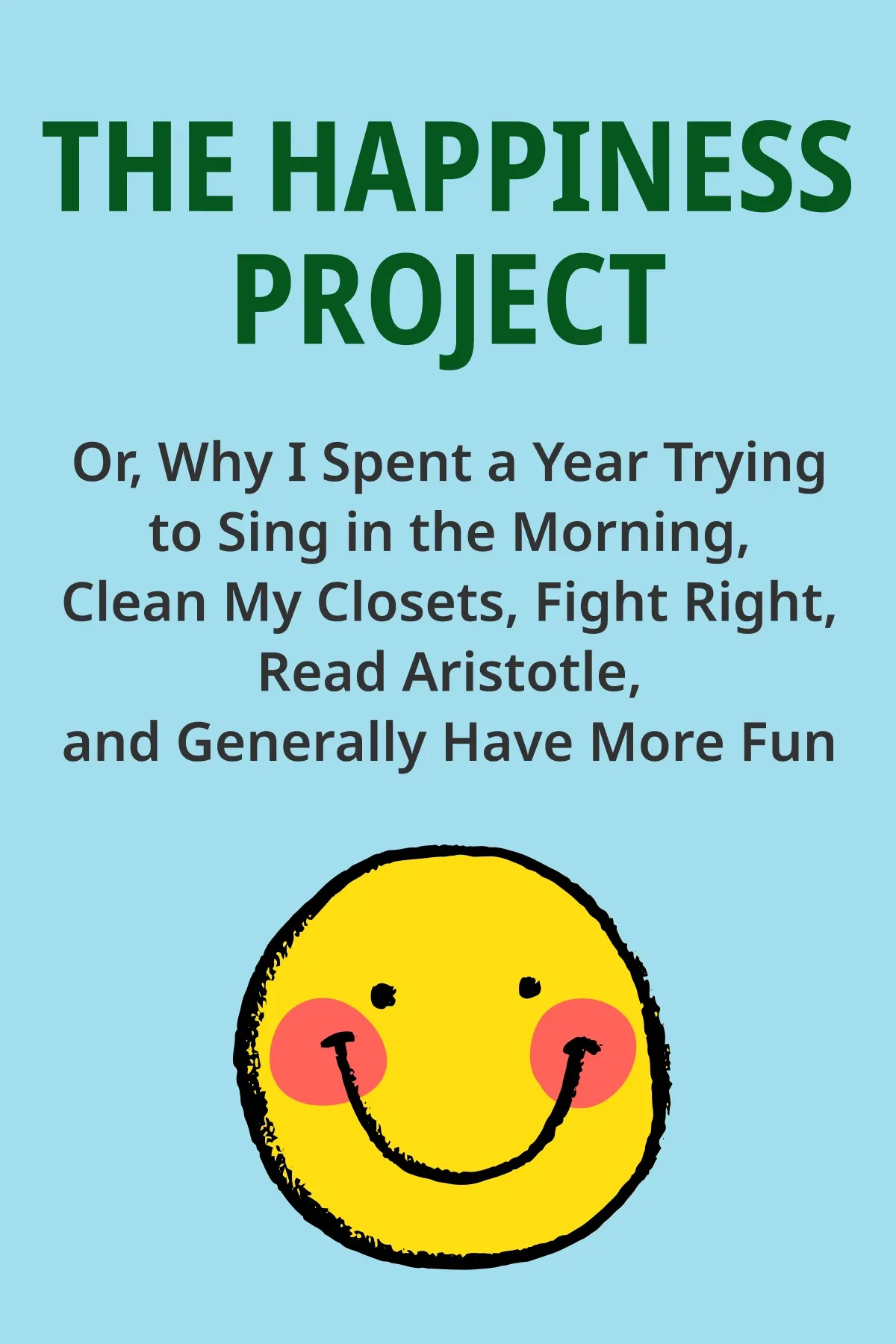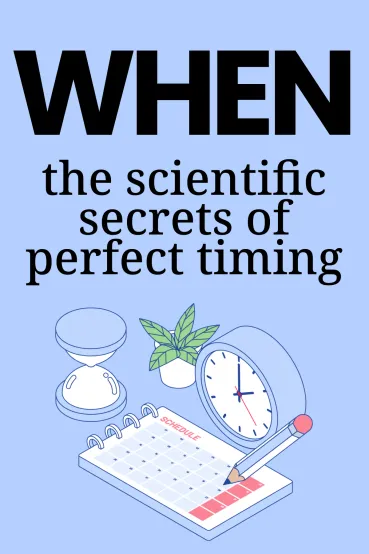
When
Brief Summary
“When” by Daniel H. Pink teaches you how to manage your time properly. People ask, “When is the best time?” every day, and it applies to all areas of life. The author backs up his advice with research and proves that time management is a science that requires a lot of focus and motivation.
Key points
Key idea 1 of 9
Emotions are a significant subject of analysis and research. For instance, in 2011, sociologists Scott Golder and Michael Macy decided to delve deeper into the daily emotional cycle of people. They fed half a billion tweets from 2.4 million users worldwide into an analysis program. The results were as follows: a high positive response to tweets was the highest in the morning and evening, while a low response was during the afternoon. Interestingly, this trend held across countries and time zones.
The methodology of various studies didn't affect the results. Scientists asked people to describe their emotions and feelings from the previous day. The morning prevailed. So, people wake up and direct positive energy toward the world, experience a drop, and then reach a high again before sleep.
This statistic applies to work settings as well. Researchers analyzed 26,000 calls made to investment analysts concerning profits. The results indicated that early calls concluded on a positive note. Companies elevated their stock figures by interacting and making deals primarily in the morning. Even disregarding the information, the tone of the calls consistently deteriorated in the afternoon, only to return to a good state by the end of the workday.
People subconsciously follow their biology. All living creatures are subject to an internal biological clock. Yet where does the connection between this clock and emotions lie? It lies in the suprachiasmatic nucleus, the "daily timer." Aside from controlling circadian rhythms, it synchronizes the external world with internal systems. This occurs through social signals and environmental cues. Essentially, the "daily timer" regulates sleep and work hours, well-being, and readiness for communication.
Cognitive activity generally shows higher levels in the morning and around midday. It supports the globally adopted schedule of educational institutions. However, this can't be asserted for every individual as an error margin is 20%.
The nature of the task is also subject to specific times of the day. Analytical tasks are easier executed in the morning due to heightened attention focus. Increased body temperature adds energy, which explains this concentration. During midday, the brain experiences fatigue; hence, the metrics above decrease. In the afternoon, people can form better free associations. When imaginative modeling is at a low level, the brain becomes capable of swift and unexpected problem-solving. The peak of creativity falls in the second half of the day.
FAQ
You may also like these summaries
